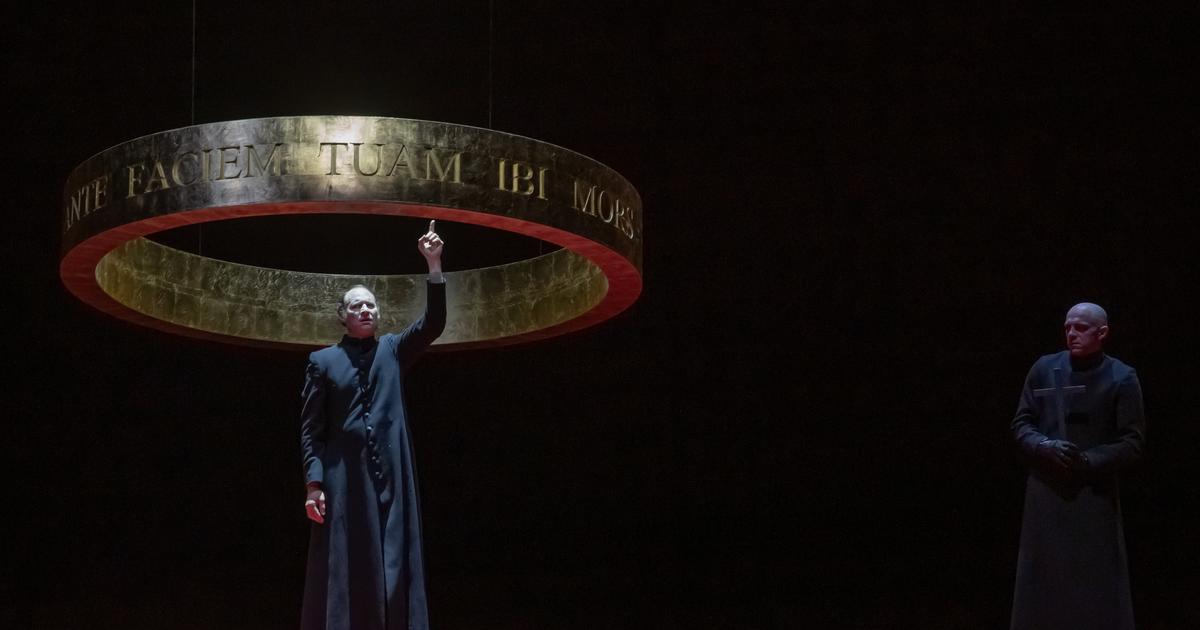- Click to share on Facebook (Opens in a new window)
- Click to share on Twitter (Opens in a new window)
- Click to share on LinkedIn (Opens in a new window)
- Click to email a friend (Opens in a new window)
Editor's Note: Holly Thomas is a London-based writer and editor. Find her on Twitter as @HolstaT. The opinions expressed in this comment are specific to the author. See more opinion articles on CNNe.com/opinion.
(CNN) - The coronavirus has closed many beloved institutions, either directly because of the threat of the disease or indirectly, because of the economic devastation caused by the outbreak.
From museums to cafes, from the Eiffel Tower to the Colosseum, many of the things that gave life before the pandemic, its color and wealth, have closed temporarily or in some cases permanently. Such may be the case with the Globe Theater, an almost identical replica of Shakespeare's original theater, which announced this week that due to a funding crisis, it may not be able to reopen.
This, of course, would be a tragedy for its staff, and for the tourism sector, which will feel the economic effects beyond London and lovers of experimental and diverse theater. It would also be a sad irony, as Shakespeare's Globe represents many of the elements of life most missed during the coronavirus pandemic. It is a visceral push, and creates a unique sense of connection between the audience and the actors who live together in the theater and also with those of centuries ago.
As the dust settles amidst the damage of this pandemic, it would also be an unfortunate loss for anyone who has come to treasure the Globe as one of the gems of London's landscape, and a window on its history.
Alongside its imposing neighbor, the gigantic steel-framed Tate Modern, and mirrored by the palatial cathedral of St. Paul on the opposite side of the River Thames, the Globe Theater appears small and almost fragile. Compared to much of the emerging book of iconic architecture that borders the river, from the Gothic Palace of Westminster to the ancient Tower of London, it is. But the Globe's presence on the tree-lined, lamppost Southbank is a testament to determination throughout the centuries.
Reopened in 1997 after a span of more than 300 years since the Puritans demolished it in 1644, the current Globe building is new and faultless. But its appearance and anatomy, even by British standards, are dated. The rounded, drum-shaped structure is made of gypsum and oak beams, and is the only building in London to have a thatched roof, putting it in sharp and beautiful contrast to the Shard glass tower within minutes on foot, and the skyscrapers of the City of London, just over the Millennium Bridge. It is located just a few minutes' walk from the original Globe foundations, and was built to look and feel as close to its ancestor as possible.
The birth of the original theater The Globe was aptly dramatic. It was rebuilt from stolen wood, or salvaged, according to its loyalty, from a theater in Shoreditch, in the twilight of Queen Elizabeth I's reign. In the midst of a lease dispute the theater may have been claimed by an owner, her company Of players, Lord Chamberlain's men, with whom Shakespeare had a financial stake, secretly dismantled him beam by beam, transporting him over the River Thames, and rebuilding him on the south bank as The Globe. It opened in 1599, the year Shakespeare is believed to have finished writing "Henry V."
All of Shakespeare's plays from then on were written with The Globe theater in mind, so that, as today, performances resonate better in that space. It worked brilliantly, and the theater and its business survived the bubonic plague that ravaged London, closing its doors in 1603 and 1606. The original structure burned down in 1613 after an explosion during a performance by Henry VIII, but was rebuilt from Immediately, it reopened in 1614. Like the medieval St Paul's Cathedral, which was rebuilt in the early 18th century after the Great Fire of London, then repaired again after being bombed during the attack, The Globe has been revived and reinvented through the centuries.
The way the modern Globe works, or before quarantine closed its doors, deliberately emulates its iterations of 1599 and 1614. It is built like a stadium, with a small roof around the walls but no roof covering the middle, a challenge for actors who, unlike indoor theaters, can always see the audience. This, in addition to the physical proximity of the players to the public, many of whom the “marauders” observe standing in the courtyard leaning against the stage, fosters a level of public intimacy with strangers that is now impossible. A perfectly delivered line in the right place is like hitting a trap: it reverberates, accumulates power in drum-like space, and strikes harder to bring the congregation closer to the speaker.
As was the case in Shakespeare's time, when the bard himself was leading the charge, innovation and reinvention are celebrated at The Globe. The stations examine topics such as the MeToo movement, and the theater promotes, and practices, the blind distribution of gender, race, and disability. The company produces workshops and resources on topics, from same-sex intimacy in Shakespeare, to original practices in The Globe, podcasts, and music from The Sam Wanamaker Playhouse, the 17th-century theater that was added in 2014. Like its predecessor Elizabethan, The Globe has become a community center, taking on local trainees and initiating careers in the arts that go far beyond acting.
For all theaters, and especially Shakespeare's elite associations, there is little ceremony about attending a play on The Globe. As in the Elizabethan era, ticket prices vary, but start from $ 6 in the standing courtyard. The modern experience is a bit more sanitized in a literal sense, though it feels relative now too, but standing within its walls, it's not hard to imagine the 17th-century courtyard floor covered in mud, cake crusts, and apple hearts . It's just a little mental leap from there to an early modern city that enjoyed bear harassment and public executions, some activities which took place at the Tower of London, accessible less than a kilometer upstream via Traitor's Gate, if you were one of the unfortunate damned.
The ambition to update and reinvent the most eminent plays in English, in an environment that transports audiences through time, was extraordinary to realize and created an almost unique cross section of art, tourism and living history. The loss of all the theaters and the jobs and livelihoods that accompany them is a tragedy. But losing The Globe would not be just a loss for art. It would be the abandonment of one of the most beloved and longest-living inhabitants of London.
TheaterWilliam Shakespeare















